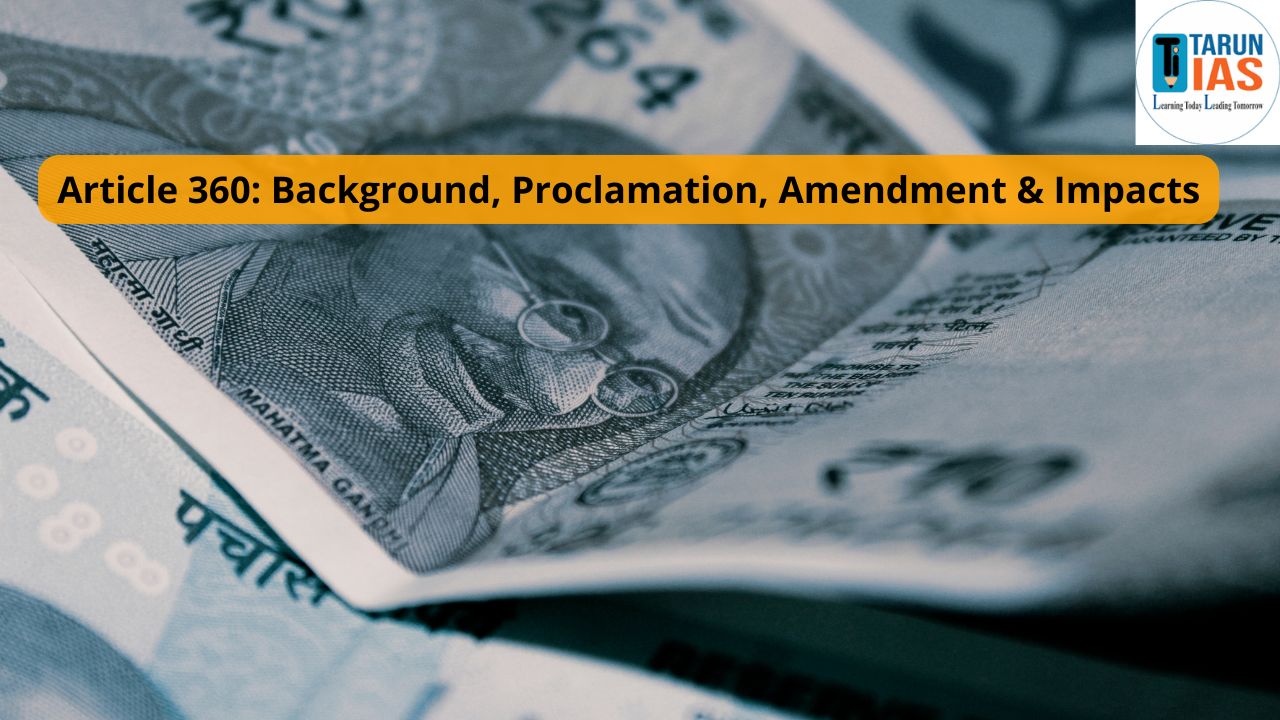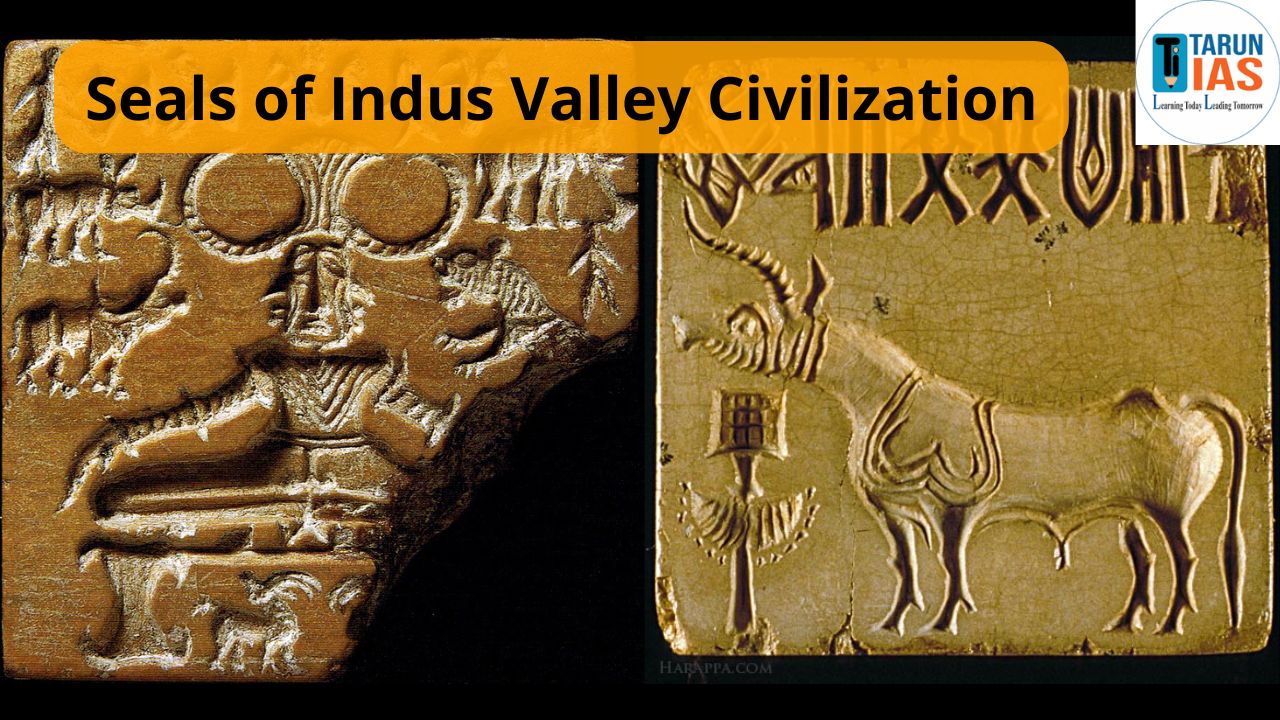UPSC CSAT Syllabus 2025 is crucial for every candidate aiming to qualify for the Civil Services Examination (CSE). Civil Services Aptitude Test (CSAT) evaluates your analytical abilities, reasoning skills, and general mental ability. It is important to have a clear understanding of UPSC CSAT Syllabus to strategize effectively for the exam.
We will provide a detailed breakdown of the UPSC CSAT Syllabus 2025, topic-wise weightage, reasoning and maths sections, and tips for preparation.
What is the UPSC CSAT Exam?
UPSC CSAT Syllabus is part of the Civil Services Preliminary Exam and is a screening test to assess a candidate’s aptitude. While the General Studies Paper is more focused on current affairs and general knowledge, the CSAT paper evaluates your ability to handle tasks requiring logical reasoning, quantitative skills, and problem-solving.
UPSC CSAT Syllabus 2025 includes two papers:
- General Studies (GS) Paper I
- CSAT Paper II
CSAT Paper II is qualifying in nature, with a minimum requirement of 33% marks to pass. The total marks for this paper are 200, and it consists of objective-type questions. While it is a qualifying exam, scoring well in the UPSC CSAT Syllabus is still important for overall ranking.
Also Read: UPSC Prelims Syllabus
UPSC CSAT Exam Pattern 2025
UPSC CSAT is part of the Civil Services Preliminary Examination. UPSC Prelims Exam consists of two papers, General Studies (Paper I) and CSAT (Paper-II). Here’s a breakdown of the exam pattern:
UPSC CSAT Exam Pattern 2025:
| Paper | Name of Paper | Total Marks | Types of Questions | Duration | Medium of exam |
| Paper I | General Studies | 200 | MCQ | 2 hours | English and Hindi |
| Paper II | CSAT | 200 | MCQ | 2 hours | English and Hindi |
Details of the Papers:
- Paper I – General Studies:
-
-
- This paper tests candidates’ knowledge of current events, history, geography, economics, environment, science, and general awareness.
- It is qualifying in nature, meaning a candidate must score at least 33% to be considered for selection. However, the marks from this paper do not count toward the final ranking.
-
- Paper II – CSAT:
-
- This paper tests the candidate’s ability in comprehension, interpersonal skills, logical reasoning, decision-making, problem-solving, basic numeracy, and data interpretation.
- It is a qualifying paper, and candidates need a minimum of 33% to clear it. Like Paper I, its marks are not included in the final score calculation.
Also Read: UPSC Prelims Pattern
Key Features of the CSAT Paper (Paper-II) 2025:
- Total Questions: 80 questions
- Marking Scheme: Each question carries 2.5 marks. Incorrect answers lead to a penalty of 0.83 marks.
- Topics Covered:
- Comprehension: Reading and understanding passages, drawing inferences, etc.
- Logical Reasoning and Analytical Ability: Identifying patterns, problem-solving, and decision-making.
- Interpersonal Skills: Decision-making, communication, etc.
- Basic Numeracy: Simple arithmetic, percentages, and basic data interpretation.
| Total Marks | 200 |
| Mode | Pen and Paper |
| Duration | 2 Hours |
| Number of Questions | 80 |
| Negative Marking | 1/3rd of the Allotted Mark deducted per Negative Answer |
| Qualifying Marks | 33% or 66.67 Marks |
UPSC CSAT Syllabus 2025 Subject Wise
UPSC CSAT Syllabus tests a candidate’s logical reasoning, analytical ability, and basic numerical skills. Here’s a breakdown of the syllabus for the CSAT Paper-II for 2025:
1. Comprehension (Reading Comprehension)
- UPSC CSAT Syllabus includes passages followed by questions that assess a candidate’s ability to read, comprehend, and interpret text.
- This section is designed to check your understanding of the given passage, the logic behind the statements, and your ability to draw inferences.
2. Logical Reasoning and Analytical Ability
- Pattern Recognition: Identifying sequences, patterns, and logical relationships.
- Syllogism: Drawing conclusions from statements.
- Statement and Assumptions: Understanding and analyzing statements, assumptions, conclusions.
- Logical Sequences and Arrangements: Solving problems related to arranging numbers, letters, or words logically.
- Venn Diagrams: Understanding relationships between sets.
- Analytical Reasoning: Solving puzzles and situations that require logical deductions.
- Direction Sense: Solving problems related to directions (north, south, east, west).
- Blood relations
3. Decision Making and Problem Solving
- Tests the ability to make sound decisions based on limited information.
- Decision Making: Understanding and solving problems related to decision-making, prioritizing tasks, and resolving conflicts.
- Problem Solving: Simple word problems, basic problem-solving scenarios.
4. General Mental Ability
- Basic Numeracy: Arithmetic (number systems, percentages, averages, ratios, time and work, profit and loss, simple and compound interest, etc.).
- Data Interpretation: Reading and interpreting data from tables, charts, and graphs.
- Statistics: Simple data analysis including mean, median, mode, and basic probability.
- Simple Algebra: Understanding basic algebraic expressions and solving simple equations.
5. Interpersonal Skills including Communication Skills
- Interpersonal Skills: Decision making, communication, teamwork, and leadership.
- Communication: Understanding both verbal and non-verbal communication.
- Conflict Resolution: Identifying problems, resolving conflicts, and decision-making in stressful situations.
Topics in Brief:
| Subject | Topics Covered |
| Comprehension | Reading comprehension, identifying tone, theme and inferences. |
| Logical Reasoning and Analytical Ability | Pattern recognition, syllogism, logical sequences, Venn diagrams, puzzles. |
| Decision Making and Problem Solving | Simple decision-making situations, word problems, priorities, conflicts. |
| General Mental Ability | Arithmetic, basic algebra, percentages, time & work, ratios, averages, profit & loss. |
| Interpersonal Skills | Communication skills, leadership, teamwork, conflict resolution. |
Important Notes:
- Minimum Qualifying Marks: A candidate needs to score at least 33% in Paper-II (CSAT) to qualify. The marks in this paper are not counted for final ranking but are used as a qualifying criterion.
- Type of Questions: All questions in CSAT are Multiple Choice Questions (MCQs).
UPSC CSAT Syllabus 2025 Topic-wise Weightage
To better understand how to prioritize your study material, here’s a table outlining the CSAT topic-wise weightage based on previous trends:
| Topic | Weightage (%) |
| Logical Reasoning & Analytical Ability | 30% |
| Comprehension | 20% |
| Quantitative Aptitude (Maths) | 25% |
| Data Interpretation | 15% |
| Decision Making & Problem Solving | 10% |
From the table above, it is clear that Logical Reasoning & Analytical Ability holds the most significant weightage, followed by Quantitative Aptitude and Comprehension. Understanding these weightages will help you allocate time efficiently during preparation.
CSAT Maths Syllabus 2025
For candidates preparing for the CSAT Maths section, we have an exclusive breakdown of the syllabus. Covering topics like number systems, L.C.M & H.C.F., rational numbers & ordering, percentages, and more, this section provides valuable insights to help you excel in the mathematics segment. We also focus on general mental ability topics related to mathematics, including partnership, profit & loss, time and distance, and other essential concepts for your success.
| Basic Numeracy | General Mental Ability |
| L.C.M & H.C.F
Rational Numbers & Ordering Square Roots & Cube Roots Averages Set theory Decimal Fractions Ratio & Proportion Simplification Number System Surds & Indices Divisibility Rules Percentages Remainder Theorem |
Probability
Trains Boats & Streams Time & Work Partnership SI and CI Mensuration & Area Time and Distance Profit & Loss Work & Wages Pipes & Cisterns P & C Alligation & Mixtures Geometry |
UPSC Reasoning CSAT Syllabus 2025
Reasoning is one of the most important sections of the UPSC CSAT Syllabus. UPSC Reasoning CSAT Syllabus focuses on various problems that test the logical ability of candidates. Some of the critical topics include:
- Blood relations
- Direction sense
- Clocks and calendars
- Analogy problems
- Venn diagrams
UPSC CSAT Preparation Tips 2025
- Understand the Syllabus: Having a clear understanding of the UPSC CSAT Syllabus 2025 is crucial for effective preparation. Focus on key topics like logical reasoning and quantitative aptitude.
- Practice Regularly: Regular practice is the key to success in the UPSC CSAT Syllabus. Solve practice papers and take mock tests to improve your speed and accuracy.
- Strengthen Weak Areas: Identify your weak areas, especially in the UPSC CSAT Syllabus Maths and reasoning sections, and work on them intensively.
- Time Management: Since the CSAT is time-bound, practice managing your time efficiently during mock tests. This will help you ensure that you attempt as many questions as possible within the allotted time.
- Use the Right Resources: Refer to standard study materials and books tailored for the UPSC CSAT Syllabus to ensure comprehensive coverage.
UPSC CSAT Syllabus 2025 FAQs
What is the syllabus for UPSC CSAT 2025?
The UPSC CSAT 2025 syllabus includes comprehension, logical reasoning, decision-making, general mental ability, basic numeracy, and data interpretation. It is part of the Prelims and is qualifying in nature, requiring 33% marks to pass.
Is CSAT tough to crack in UPSC Prelims?
CSAT difficulty varies for candidates. While it is a qualifying paper, candidates must practice reasoning, comprehension, and quantitative aptitude to ensure they score at least 33%.
What are the most important topics in the UPSC CSAT syllabus?
Logical reasoning, analytical ability, quantitative aptitude, reading comprehension, and decision-making are key topics. Logical reasoning and maths hold the most weightage in the exam.
Can I clear UPSC Prelims if I score low in CSAT?
No, CSAT is a qualifying paper, and candidates must score at least 33% (66.67 marks out of 200) to pass the Prelims. A low score below the qualifying mark can disqualify a candidate.
Where can I download the UPSC CSAT Syllabus 2025 PDF?
You can download the UPSC CSAT Syllabus 2025 PDF from official UPSC websites or reliable educational platforms offering updated study materials.















